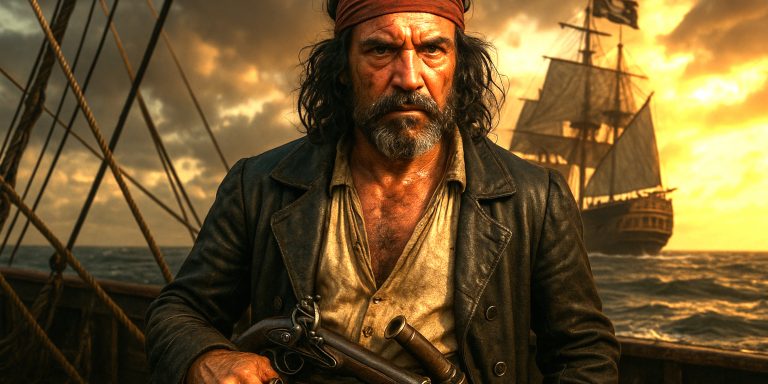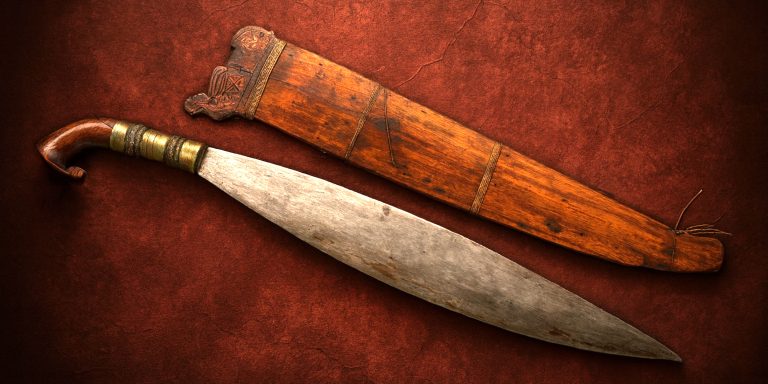
Edward III (1312–1377) was one of England’s most formidable medieval monarchs. His reign marked the rise of English chivalry, a resurgence in military ambition, and the beginning of the Hundred Years’ War. He was a king who revelled in battle, surrounded himself with warriors, and reshaped the English nobility into a class defined by martial prowess.
Early Life and Accession
Born at Windsor Castle, Edward was the eldest son of Edward II and Isabella of France. He was crowned king in 1327 at the age of fourteen, following the deposition of his father in a coup led by Isabella and her ally, Roger Mortimer. Initially a figurehead, Edward took control of the realm in 1330 by executing Mortimer and marginalising his mother’s political influence.
Arms and Armour
Edward III’s martial image was carefully curated. He presented himself as a chivalric warrior-king, heavily involved in campaigns and ceremonies that reinforced this image. His personal armour would have been high-quality plate, likely imported from Lombardy or made by English smiths influenced by continental styles.
Key Elements:
- Mail hauberk worn under transitional plate early in his reign
- By the 1340s, he likely wore full plate for body, with separate arm and leg harness
- Helmet styles included the great helm in early campaigns, evolving into the bascinet with aventail by the Crécy campaign
- Heraldic surcoat often displayed the quartered arms of England and France
- Swords typical of the era were Oakeshott Type XII or XIV arming swords, with longer Type XV war swords seen later in his reign
- Polearms and lances were widely used in his retinues, particularly in dismounted engagements
He was also known to bestow finely made swords and armour to his most trusted knights. Artefacts such as the Black Prince’s tomb effigy in Canterbury give insight into the military fashion of Edward’s court.
Battles and Military Acumen
Edward was not only a sponsor of war but a tactician with a clear understanding of terrain, mobility, and psychological advantage. His campaigns in France shaped the course of late medieval warfare.
Major Campaigns and Battles:
- Battle of Halidon Hill (1333)
A crushing defeat of the Scots using longbowmen on elevated ground. Edward used similar tactics to those his father had seen fail at Bannockburn but applied with greater discipline. - Crécy (1346)
One of Edward’s most famous victories, where a smaller English force routed a much larger French army through disciplined archery volleys and dismounted combat. Edward commanded but allowed his son, the Black Prince, to take a leading role in battle. - Siege of Calais (1346–1347)
A sustained siege that ended in English control of Calais, giving Edward a strategic continental foothold for over two centuries. - Naval Battle of Sluys (1340)
A decisive English naval victory against the French fleet, allowing England to dominate the Channel. - Battle of Poitiers (1356)
Although not present, Edward had shaped the military strategies used by his son. The capture of King John II of France followed the same principles Edward had employed at Crécy.
Edward was also deeply involved in the logistical and financial organisation of war. He improved the role of royal purveyance and created better supply systems for his armies on campaign.
Chivalry and the Order of the Garter
In 1348, Edward founded the Order of the Garter, modelled on Arthurian ideals. It became the highest order of chivalry in England and embodied Edward’s vision of an elite warrior brotherhood. The College of St George at Windsor Castle was established as its spiritual home.
Where to See Artefacts from His Reign
- St George’s Chapel, Windsor Castle
Home of the Order of the Garter and containing decorative elements from Edward’s time. - Canterbury Cathedral
Tomb of the Black Prince, with a surviving effigy wearing full armour, closely reflective of his father’s court style. - The British Museum
Holds several coins, seals, and fragments of arms from the period, including longbow-related finds. - The Wallace Collection and Royal Armouries (Leeds)
Though not directly tied to Edward III, these museums display 14th-century weapons and armour types associated with his campaigns. - National Archives (Kew)
Holds wartime correspondence, muster rolls, and original documentation from Edward’s reign.
Recent Archaeology
- Crécy Battlefield Surveys
Recent work in northern France using LIDAR and metal detection has revealed potential mass graves and arrowhead concentrations that support chronicled troop placements. - Calais Excavations
Work around the old citadel and siege lines has unearthed Anglo-Gascon coins and elements of siege artillery attributed to the English occupation post-1347. - Sluys Harbour Study
A Franco-Dutch maritime study has used sonar and sub-surface mapping to locate wreckage patterns consistent with the battle’s known descriptions.
Legacy
Edward III reshaped English kingship into one of knightly command. His reign saw the institutionalisation of chivalric ideals and the establishment of a warrior aristocracy that dominated English politics for generations. His long rule also laid the groundwork for the dynastic struggles that followed, particularly the Wars of the Roses.
Despite periodic domestic unrest and financial strain from war, Edward’s legacy remains tied to his image as the chivalric conqueror. His success in battle, and the mythos he built around it, has ensured his place in English history as one of its great warrior kings.
Watch the documentary:



